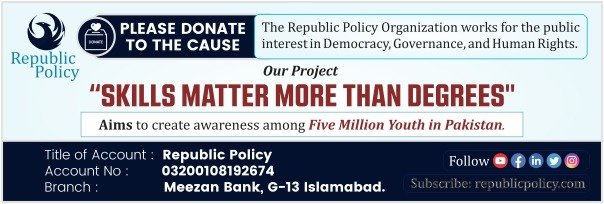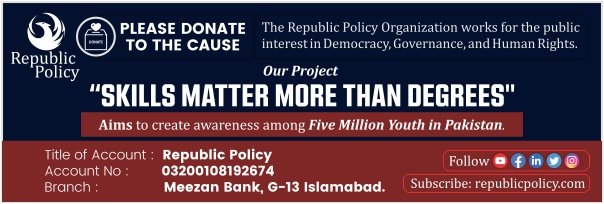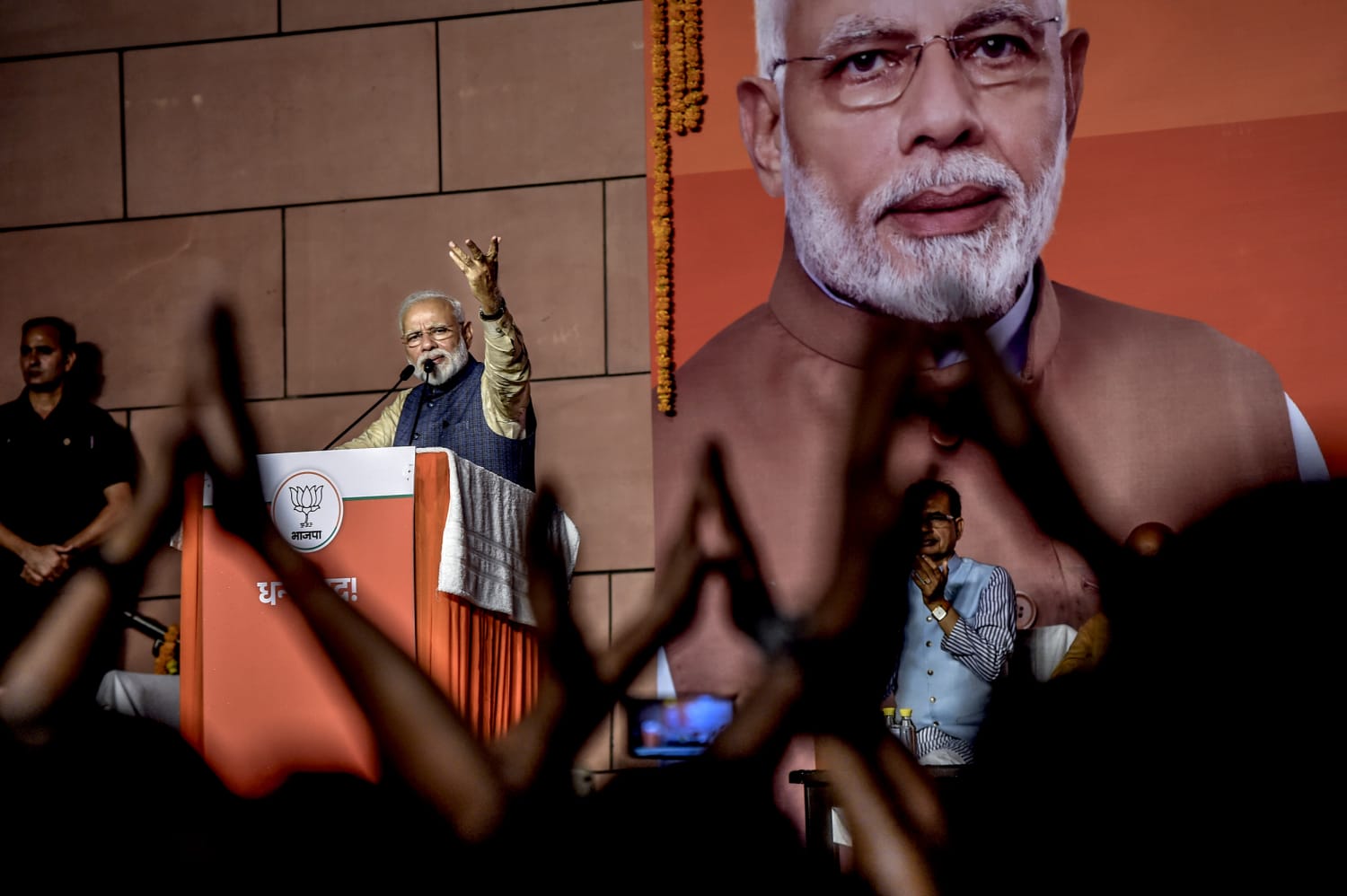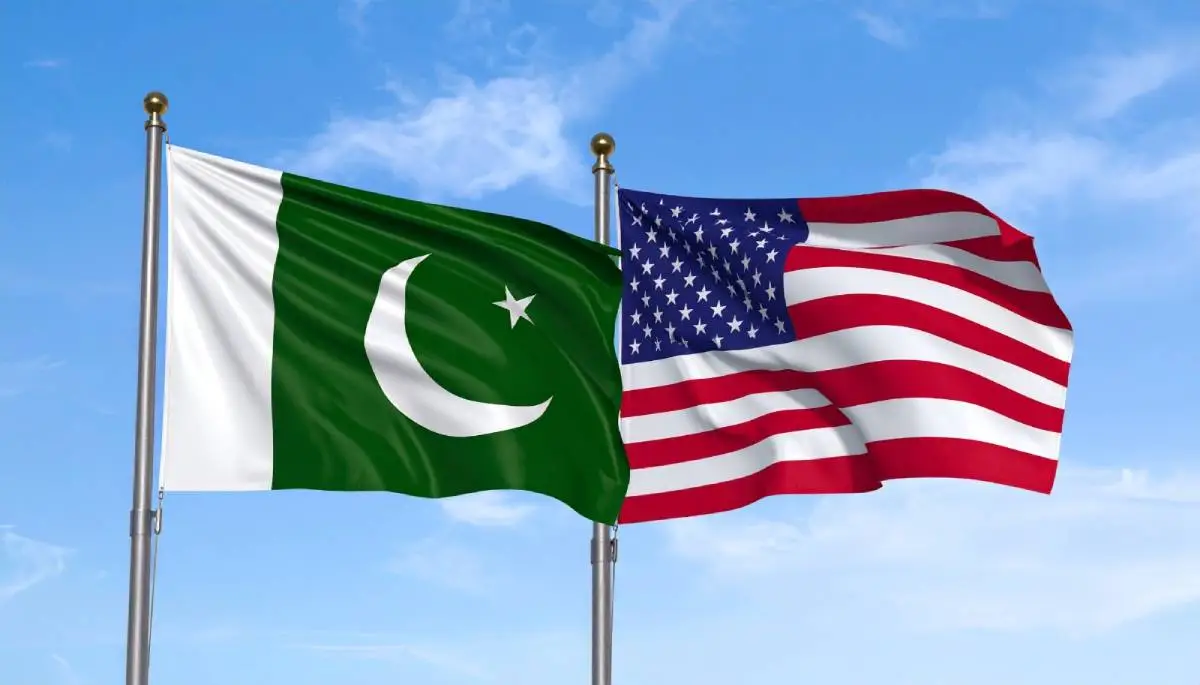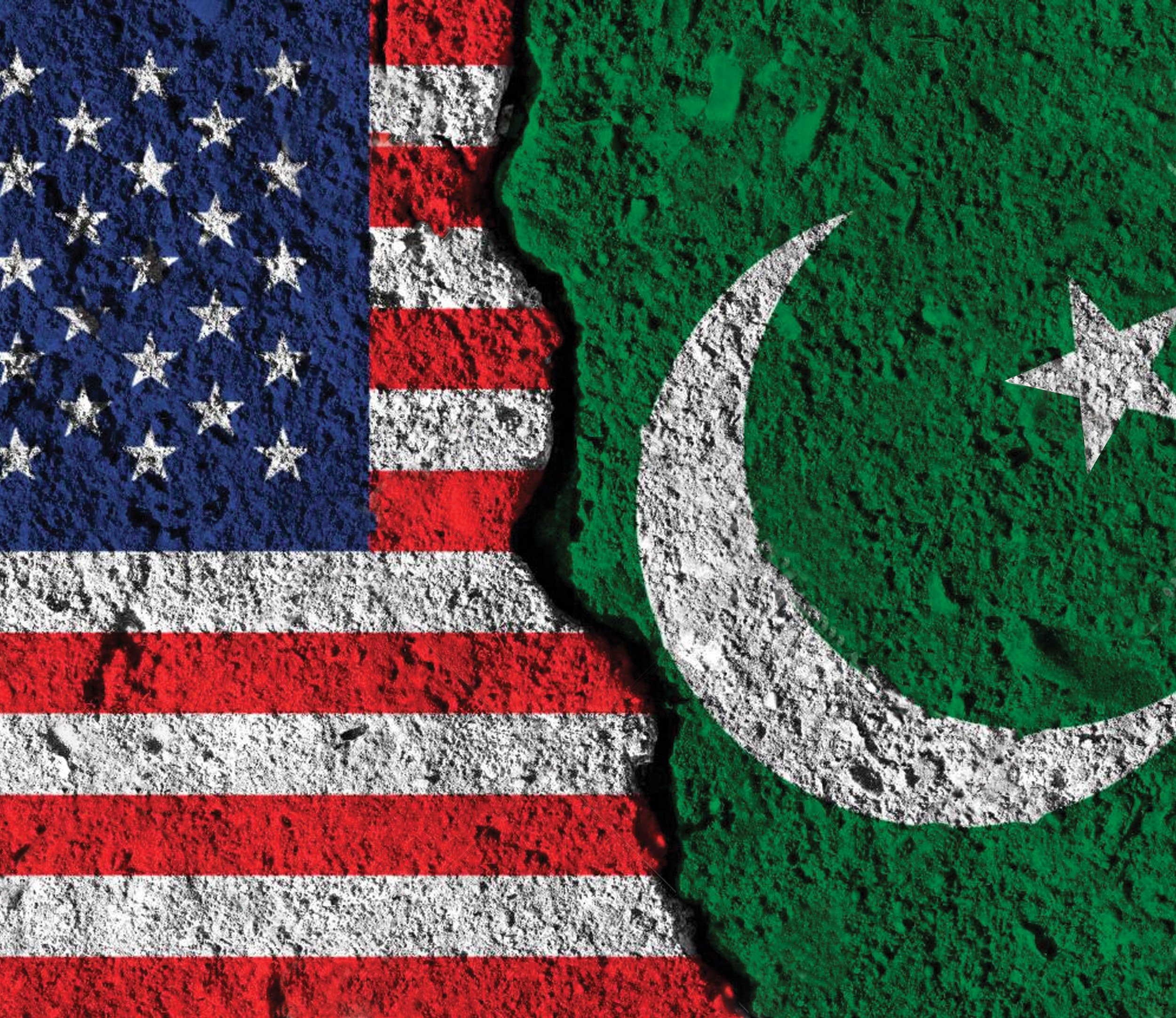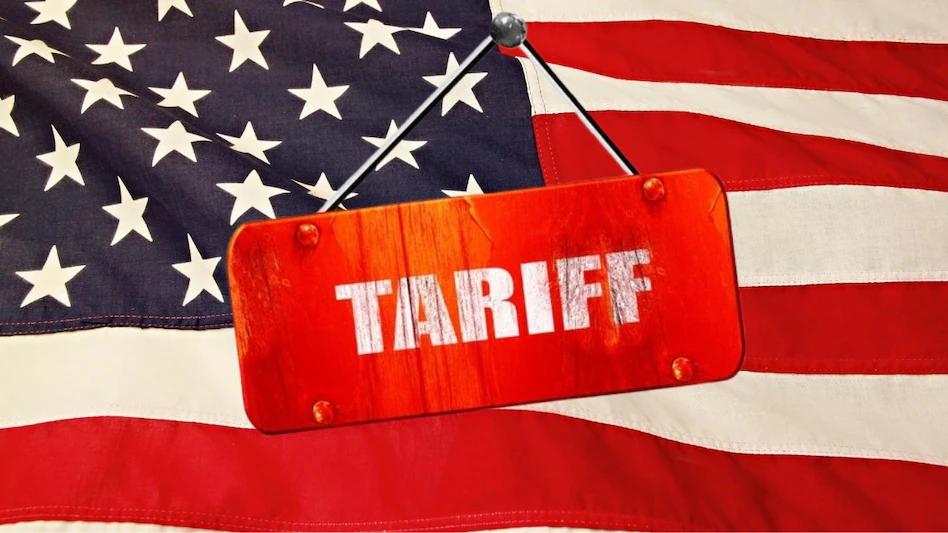Zafar Iqbal
Former U.S. President Donald Trump’s return to power has reignited one of the most contentious features of his economic playbook: a sweeping programme of global tariffs. As of August 2025, these tariffs are no longer just threats on paper—they are in full effect, disrupting international trade routes, driving up consumer costs, and fracturing old alliances.
Since January, Trump has imposed import taxes on a wide range of goods, with rates determined not purely by economic logic, but by political alignment. Friends of Washington enjoy reduced levies. Others—deemed “cheaters” or “worst offenders”—face brutal penalties. Trump insists this is about restoring American pride, reviving domestic manufacturing, and protecting jobs. But the world sees chaos, and Americans are starting to feel the price.
https://www.youtube.com/watch?v=uL3-dG9koD4&t=229s&ab_channel=RepublicPolicy
Tariffs are essentially taxes on imported goods. A 10% tariff on a $100 item means the importer pays $110. These costs rarely stop at the border. Businesses, not governments, pay the tariffs—and most pass those costs on to consumers. Whether it’s a washing machine from South Korea or toys from the Philippines, your bill is going up.
https://twitter.com/RepublicPolicy
The Trump administration’s tariffs cover everything from steel and copper to pharmaceuticals and cars. Some of the steepest include a 50% tax on steel, a 25% tariff on all foreign-made vehicles, and a potential 200% tax on imported medicines. The strategy is both aggressive and expansive.
https://facebook.com/RepublicPolicy
Trump’s approach to tariffs is far more than economic policy—it’s diplomacy by other means. Countries with whom Trump has political grievances, like Brazil and South Africa, now face tariffs as high as 50% and 30%, respectively. India is bracing for a 50% hike due to its ongoing oil purchases from Russia. Meanwhile, strategic partners like the UK and European Union have negotiated softer landings.
https://tiktok.com/@republic_policy
One of the most notable deals came in July, when the EU secured a 15% rate across all its exports. As part of the deal, EU member states agreed to drop certain tariffs on U.S. goods, including beef and ethanol. Trump called it “the biggest deal ever made,” though critics noted it left American steelmakers—especially in the UK—out in the cold, with lingering 25% to 50% duties.
https://whatsapp.com/channel/0029VaYMzpX5Ui2WAdHrSg1G
American households are already noticing higher prices on common items. Inflation hit 2.7% in June 2025, driven by rising costs in clothing, electronics, and even coffee. Adidas, which relies heavily on Vietnamese and Indonesian manufacturing, warned customers of price hikes. Nike projected a $1 billion increase in costs due to new import duties. Barbie-maker Mattel, too, is revising its price tags upward.
The reason is simple: many American firms depend on global supply chains. Car parts, for example, often cross borders multiple times before final assembly. Each crossing, each component—now taxed. This raises not just the price of foreign goods, but also of American-made ones built from foreign parts.
https://www.youtube.com/watch?v=uL3-dG9koD4&t=229s&ab_channel=RepublicPolicy
Trump’s tariff rollout hasn’t gone unchallenged. A U.S. trade court ruled that some of the levies imposed under “national emergency” powers may have exceeded his authority. But in a quick turn of events, an appeals court allowed the tariffs to stay—for now. The legal battle continues, adding uncertainty to an already shaky global economy.
https://twitter.com/RepublicPolicy
Behind the legal language lies a deeper concern: can one man reshape global trade through executive fiat? For now, Trump has done just that—and other nations are adjusting quickly. Trade partners are seeking deals, exemptions, or retaliatory measures, depending on their leverage.
https://facebook.com/RepublicPolicy
Trump’s tariffs often come with political demands. Early in his term, he slapped duties on China, Mexico, and Canada, linking them to demands for stronger border control and anti-drug efforts. In July, he threatened 200% tariffs on nations that trade with Russia if a peace deal in Ukraine wasn’t reached in 50 days.
https://tiktok.com/@republic_policy
These tactics, critics say, blend diplomacy, trade, and bullying. Supporters argue that Trump is finally making trade “fair” for American workers. Either way, the world is being forced to respond to America’s unpredictable new trade order.
https://whatsapp.com/channel/0029VaYMzpX5Ui2WAdHrSg1G
International institutions have sounded the alarm. The IMF and OECD both downgraded their global growth projections for 2025, blaming the trade tensions. They warned that the U.S. economy—despite growing 3% in Q2—could suffer long-term damage. Investors have watched markets swing wildly. The dollar, typically a safe haven, has dipped in response to uncertainty.
Stock prices are more than numbers. They affect pensions, jobs, interest rates, and household wealth. A dip in investor confidence can spread like a virus across the globe, weakening emerging markets and squeezing economies reliant on exports to the U.S.
https://www.youtube.com/watch?v=uL3-dG9koD4&t=229s&ab_channel=RepublicPolicy
Among the few countries celebrating is the United Kingdom. The UK secured a 10% baseline tariff—lower than any other nation—on the first 100,000 cars it exports to the U.S. annually. The deal, finalized at the G7 Summit in June, also opens beef and ethanol trade between the two allies.
https://twitter.com/RepublicPolicy
However, British officials remain cautious. While the UK has dodged the harshest steel tariffs, a 25% levy still applies. Some suspect this “partial exemption” may be a negotiation tactic—or a future bargaining chip.
https://facebook.com/RepublicPolicy
Trump’s tariff policy isn’t just about economics—it’s about image, leverage, and control. It is a transactional worldview translated into hard policy, where nations are ranked, rewarded, or punished according to Washington’s shifting priorities.
https://tiktok.com/@republic_policy
Yet, the costs are real. Inflation at home, economic downgrades abroad, and uncertain futures for businesses and workers alike—all in service of a trade war that has yet to deliver a clear win.
https://whatsapp.com/channel/0029VaYMzpX5Ui2WAdHrSg1G
In the long run, these policies may alter the fabric of global trade. But in the short term, the verdict is clear: Americans are paying more, and the world is holding its breath.


